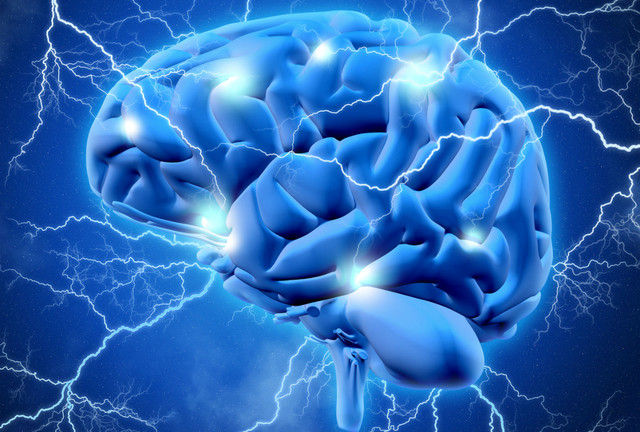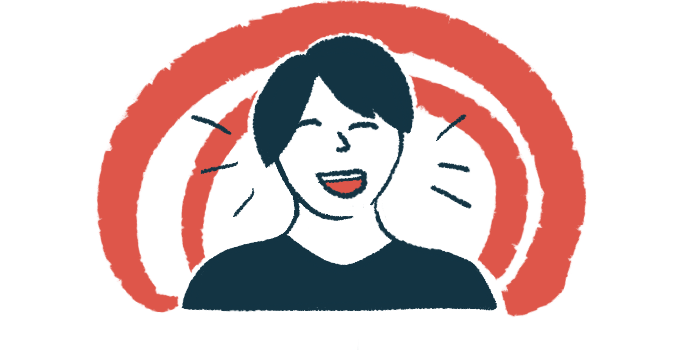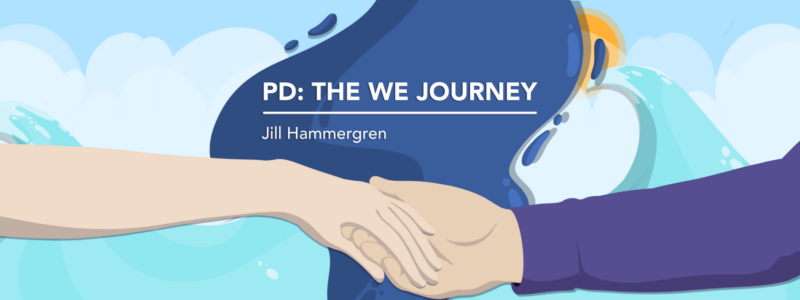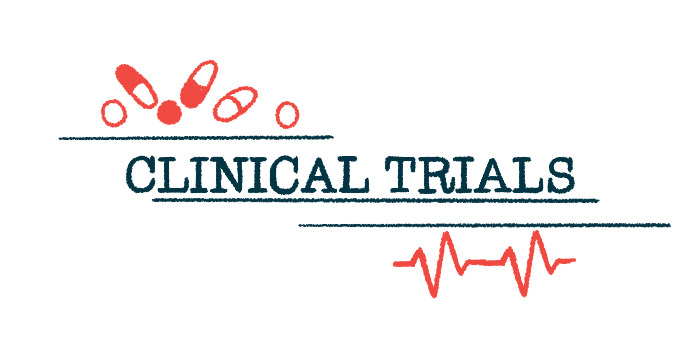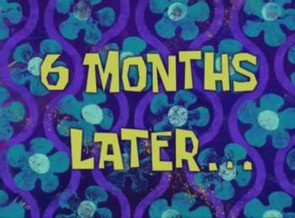 Isn’t that how some books and stories continue? Well, in the same way, this last Sunday, September 10, was exactly six months to the day that I had my DBS implant surgery done! So… in this short blog posting I thought I would give a quick update on how things are going, along some advice for anyone else considering the surgery.
Isn’t that how some books and stories continue? Well, in the same way, this last Sunday, September 10, was exactly six months to the day that I had my DBS implant surgery done! So… in this short blog posting I thought I would give a quick update on how things are going, along some advice for anyone else considering the surgery.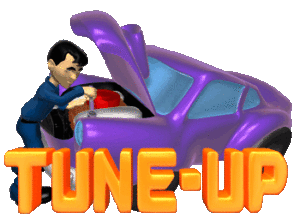 Tuning
TuningUsually, at the six month period, most tuning of the DBS unit is complete. In my case, my right side (i.e. left STN lead) was tuned within the first two sessions, and has been performing almost perfectly since then! I say almost because I had a few times within the first four months where, without any advance warning, the dystonia would come back in my right foot! However, this happened only about four times since the surgery, and it never was as bad as it was before the surgery. Not only that, it lasted, at the most, five minutes, and then it would go away and my foot would relax back to it’s ‘normal‘ state.
Luckily, that seems to have resolved itself now, as I haven’t had that happen for the last few months. I’ll talk later on about what I think may have been the cause of this. But as of now, six months later, my right side feels pretty good!
 Problem Child
Problem ChildWith that said, it has turned out that my left side (i.e. right STN lead) seems to be, as I have told my neurologist, my ‘problem child‘.
You’ll remember, in my last blog entry in my DBS series, I mentioned that when the DBS was turned on, it resolved a lot of my symptoms – and at that time, it did. But it seems after that, no matter what tuning we did, it just was never right – stiffness would come back, or dyskinesias would appear, etc. And let me tell you, my neurologist tried everything – turning on each contact, multiple contacts, monopolar, double monopolar, bipolar – you name it, we tried it! But nothing seemed to result in that ‘sweet spot‘ where it would resolve most of my symptoms without causing excessive side effects. In fact, she has pretty much run out of options, and our next step is to basically ‘start over‘ and include the Medtronic representative with our next tuning session. Why? The Medtronic rep is always there during each surgery to provide advice, and has seen just about everything in regards to tuning the Medtronic DBS device – so hopefully she will be able to provide some input in reining in my problem child.

“Start over?” you say… “Why? What happened?” My neurologist and I think we may know why – and it is one of the most important recommendations I can make to anyone after having the surgery. Basically, it involves timing – you see, we started our tuning sessions exactly three weeks after I had my implants placed. This was because of scheduling conflicts, and also because I wanted it turned on ASAP since my dystonia was bothering me so much. However, the recommendation is to always wait 4-6 weeks after implant surgery. Why? Because it takes time for the brain to heal. Inserting the leads into the brain during surgery causes ‘microlesions‘ to occur along the line where the lead is inserted; and it takes time for the brain to heal itself from these microlesions and the trauma of the surgery itself.
In my case, we think we may have started the tuning process too early – once my brain fully healed it ‘altered‘ the base tuning settings. That is why starting over is probably the best thing to do – hopefully, though, it won’t take nearly as much time since we have went through the process before and ‘learned some lessons‘. Also, I am guessing that this is the reason why I was having some dystonia issues flaring up occasionally in my right foot – my brain just needed to fully heal and adjust to the new DBS hardware.
Therefore, the thing to remember for anyone having the surgery is to not jump ahead too quickly – if it were me, I would recommend waiting at least four – and maybe even six – weeks after lead implantation before you start your tuning. This gives the brain plenty of time to fully heal and hopefully will shorten your tuning process.
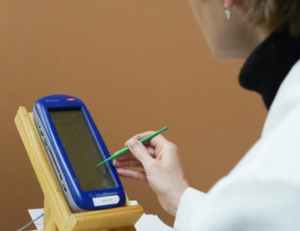 Interleaving?
Interleaving?“Inter-WHAT??” Well, there is another thing we may try (depending on what my neurologist and the Medtronic rep decide) that is a newer and more advanced programming technique called Interleaving Stimulation (ILS). This technique can individually optimize the stimulation area, thereby improving control of PD symptoms while alleviating stimulation-induced side effects after conventional programming fails to achieve the desired results.
With ILS, two programs can be interleaved (i.e. ran) in an alternating fashion on the same lead. Each of the two programs can specify amplitude (or volts), pulse width, and which electrode contacts to use. Each contact might have its own functional property for improving PD symptoms or inducing side effects. For example, one contact might readily alleviate tremor, but another contact helps alleviate stiffness. Interleaving, in this case, might involve turning on that first contact, then turning on the other contact, cycling (alternating) through these over and over multiple times per second (this is a very simplistic description of interleaving).
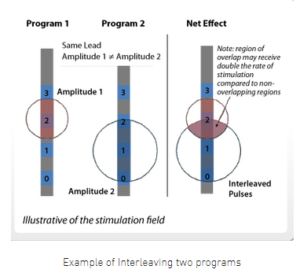
In my case, it could be that we find two settings that both help with symptoms, and ‘interleave‘ those two settings at the same time, thereby taking care of both symptoms. But note that most DBS patients are treated first with conventional stimulation and not all patients benefit from ILS. It is not recommended as the first choice of programming, and it is recommended only when patients have unsatisfactory control of PD symptoms or stimulation-induced side effects after multiple treatments with conventional stimulation – i.e. a ‘problem child‘. A return to conventional stimulation may be required if ILS induces new side effects or the needs of the patient change.
As with all things, however, there is a price to pay – in this case, using ILS can cause excessive battery drain on the DBS device, since two programs are running at the same time. This could reduce your battery life in half – and that is something to consider when discussing interleaving. But if you have a ‘problem child‘ side of the brain, like me, then it’s an additional technique available to use.
 My answer to that is, even with the tuning issues, a resounding YES! If all it did was relieve the dystonia (cramping) it would be worth it to me. And I have faith that my neurology crew will figure out how to tame my left-side problem child, and that soon I’ll be enjoying a lot less symptoms and thus enjoying life even more!
My answer to that is, even with the tuning issues, a resounding YES! If all it did was relieve the dystonia (cramping) it would be worth it to me. And I have faith that my neurology crew will figure out how to tame my left-side problem child, and that soon I’ll be enjoying a lot less symptoms and thus enjoying life even more!That’s it for today, folks – but stay tuned, as I already have a couple more ideas ‘brewing‘ in the old brain… so more Deep Brain Thoughts to come. You won’t want to miss them! 🙂

